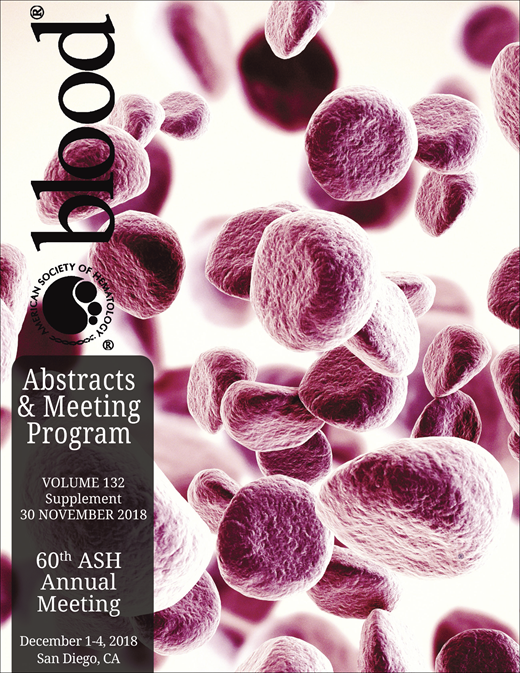Abstract
Background and objectives
Activation of platelet fibrinogen receptor integrin αIIbβ3 (GPIIb-IIIa) by inside-out signaling is essential for platelet aggregate formation. In αIIbβ3 activation, it has been established that CalDAG-GEFI-induced Rap1 activation is necessary to induce the direct interaction of β3 cytoplasmic tail with talin and kindlin-3. Agonist induced platelet and αIIbβ3 activation are generally assessed using platelet aggregation assay and flow cytometric analysis of monoclonal antibody specific for activated αIIbβ3, PAC-1, binding. However, we found that the results of PAC-1 binding assay were not associated with severity of bleeding symptoms in patient with CalDAG-GEFI (Blood 2016) or ADP receptor P2Y12 (J Thromb Haemost 2005) deficiency.
To further determine the role of molecules in inside-out signaling on αIIbβ3 activation and the impact on hemostasis, we studied the αIIbβ3 activation kinetics in patient's platelets deficient for αIIbβ3, P2Y12, CalDAG-GEFI, or kindlin-3 using the αIIbβ3 velocity assay (Exp Hematol 2013).
Methods
Human platelets were obtained from healthy control subjects and patients with inherited platelet disorders (Glanzmann thrombasthenia, P2Y12 deficiency, CalDAG-GEFI deficiency, and kindlin-3 deficiency). Agonist induced platelet and αIIbβ3 activation were assessed by light transmission aggregometer and PAC-1 binding on flow cytometry. In addition to the conventional PAC-1 binding assay which is simultaneous incubation of stimulated platelets with FITC-PAC-1 for 20 minutes, the time course of αIIbβ3 activation was determined by αIIbβ3 velocity assay. In brief, to measure the activation state of αIIbβ3 at the time of interest (0, 30, 60, 120 and 300 seconds), FITC-labeled PAC-1 was added after the PAR1-AP stimulation. After 30 seconds incubation with FITC-PAC-1, the bound FITC-PAC-1 was immediately assessed by flow cytometry. To determine the thrombus formation under the physiological condition, shear-induced thrombus formation on collagen coated surface was observed.
Results
In the patient with kindlin-3 deficiency, strongly impaired platelet aggregation and αIIbβ3 activation determined by conventional PAC-1 binding were correlated to the patients severe bleeding problems appeared from early infancy. The αIIbβ3 activation kinetics of kindling-3 deficient platelets showed no PAC-1 binding during 300 seconds after the thrombin receptor agonist PAR1-AP stimulation like platelets of Granzmann thrombasthenia, which suggests the essential role of Kindlin-3 in αIIbβ3 activation. In contrast, in spite of the strongly impaired PAC-1 binding in conventional assay for P2Y12 deficient platelets, the 67 year-old patient showed only minor bleeding symptoms and no transfusion was required during delivery. The αIIbβ3 activation observed in P2Y12 deficiency was transient and the level of initial activation at 30 seconds was the same as healthy control platelets. Under the flow conditions, P2Y12 deficient platelets could form thrombus albeit unstable and fragile. In the 16-yaer-old patient with CalDAG-GEFI deficiency who has been suffering from severe nose bleed and menorrhagia, her platelet aggregation and conventional PAC-1 binding were only modestly affected. The time course of αIIbβ3 activation showed delayed activation. Although αIIbβ3 activation in CalDAG-GEFI deficient platelets reached to similar to that of control at 300 seconds, the initial activation at 30 seconds was significantly decreased to only 19% of control. Her platelets could adhere on collagen under the flow condition. However, almost no aggregate formation was observed which explains her severe bleeding symptoms.
Conclusion
The analyses of αIIbβ3 activation kinetics in platelets with inherited platelet disorder revealed the importance of immediate and sustained αIIbβ3 activation for hemostasis in physiological conditions. In addition to well established platelet functional assay, the analysis of αIIbβ3 activation kinetics contributes to understand the patient's bleeding symptoms and also clarifies the role of each molecule in inside-out αIIbβ3 activation, CalDAG-GEFI for the immediate activation, P2Y12 for the maintenance of activation, and Kindlin-3 at the last step of αIIbβ3 activation.
Kanakura:Alexion Pharmaceuticals, Inc.: Consultancy, Honoraria, Research Funding. Tomiyama:Kyowa Hakko Kirin Co., Ltd.: Honoraria; Novartis Pharma Co., Ltd.: Honoraria, Membership on an entity's Board of Directors or advisory committees; Sysmex Corporation: Consultancy; Chugai Pharmaceutical Co., Ltd.: Honoraria.
Author notes
Asterisk with author names denotes non-ASH members.

